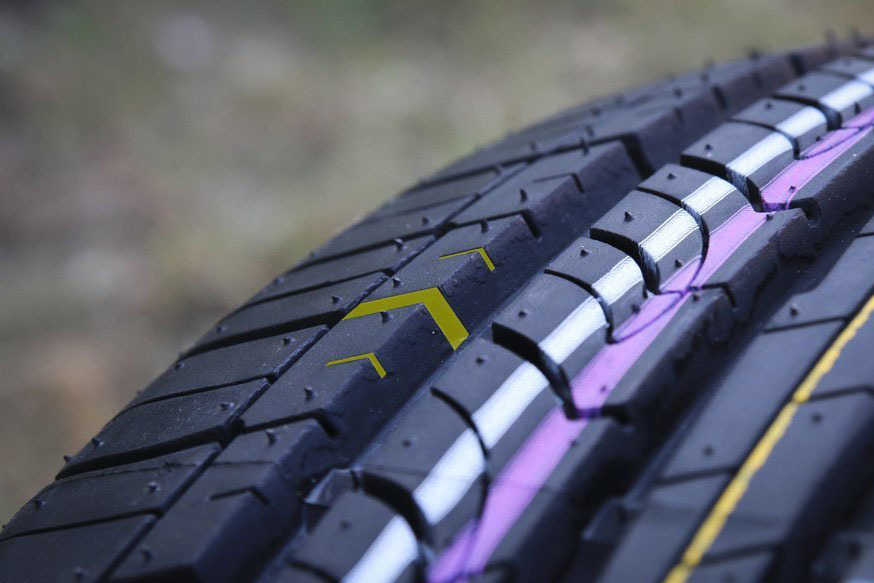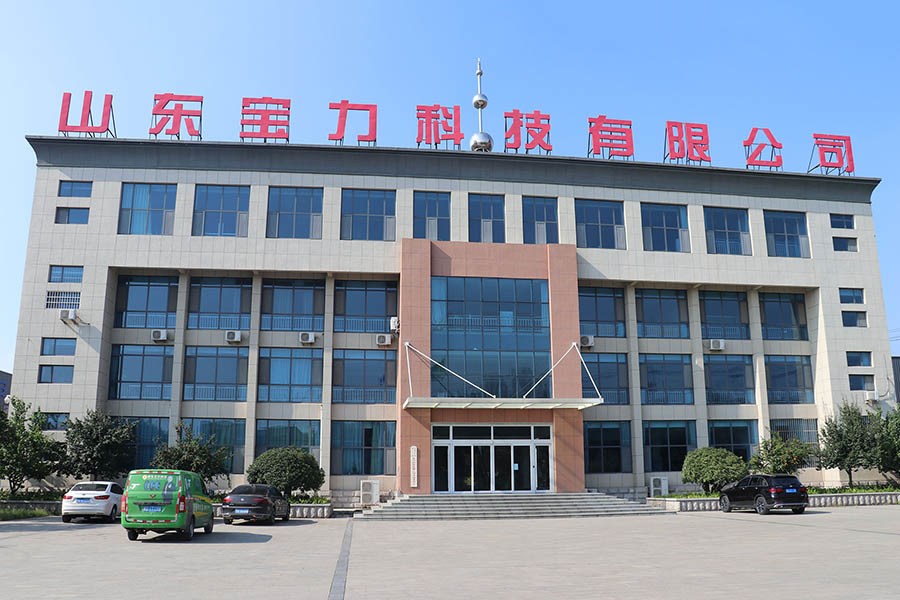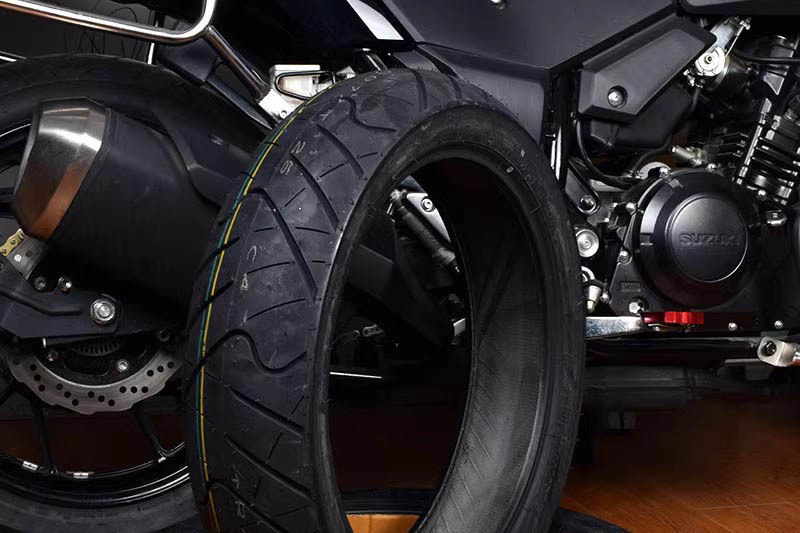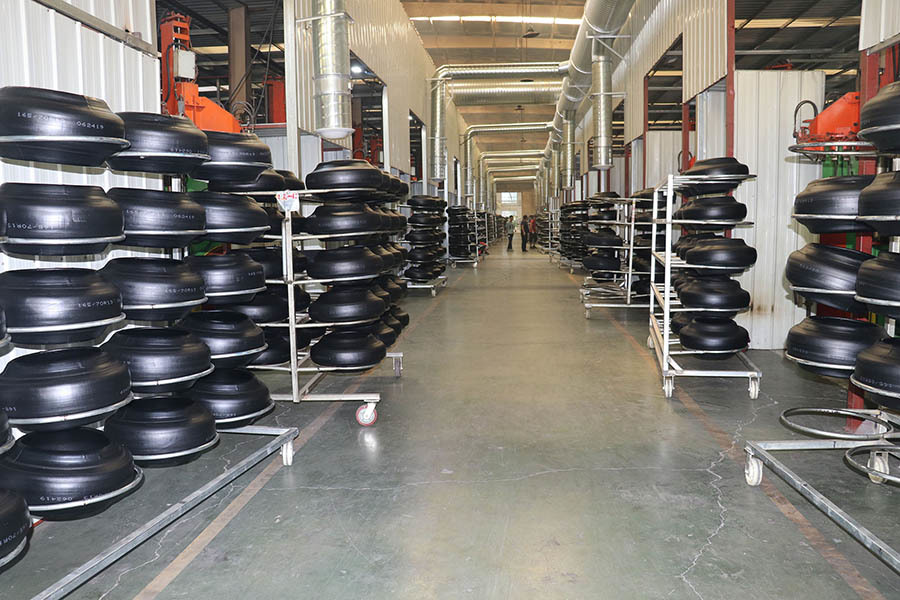What are the tire use and maintenance methods?
Release time:
2024-11-19
All tires should be stored in a cool, dry and dark room, avoid being placed near sunlight, oil, acid, and hydrocarbons, which will corrode the tires.
(1) Safe storage
All tires should be stored in a cool, dry and dark room, avoid being placed near sunlight, oil, acid, and hydrocarbons, which will corrode the tires. Due to the pressurization, the liquid may enter the carcass layer through the inner liner of the tire, which can cause sudden damage to the tire.
(2) Tire maintenance
Timely rotation of tires, selection of appropriate patterns, daily maintenance, regular inspection of tire pressure, timely repair after damage and frequent digging out of stones and foreign bodies in the tread are all important factors to prolong the life of tires. After the tires have been used for a period of time, they will be affected by factors such as the camber of the road, brakes and different tire assembly positions, which will cause a large difference in tread wear. Therefore, it is necessary to perform timely transposition assembly so that each The tires can take turns once in each position, and the load on each tire is roughly the same to solve the problem of eccentric wear and prolong service life of the tires. Tire rotation is commonly used by the method of "cross-transposition" and "cyclic transposition. When the old and new tires are mixed, when the new tires are better, the new tires or better tires are fixed on the front wheels, and the old tires or retreaded tires are fixed on the rear wheels. The left and right rotation, internal and external shifting, etc. are adopted. When changing the original rolling direction after transposition, the tire should be adjusted reversely (that is, changing the loading position and rolling direction). This is a measure to reduce or even eliminate the eccentric wear and chamfer of the tire and the excessive fatigue of the tire shoulder side. It is also a way to extend the service life of the tire and improve the refurbishment rate.
(3) Ensure the standard air pressure
Master the tire inflation standard and ensure that the tire pressure is at the specified value. Too high or too low tire pressure will increase wear and reduce mileage. When the tire pressure is lower than the standard value, the wear of the tire shoulder increases sharply; when the tire pressure is higher than the standard value, the tire contact area decreases and the unit pressure increases, which increases the wear in the middle of the tire tread and increases the tire rigidity At the same time, the dynamic load on the wheels increases, which is prone to carcass burst. The impact is more serious when driving on uneven roads or at high speeds.
(4) Control tire temperature
When the car is running, the temperature inside the tire rises due to deformation and friction. When it reaches 100°C or more, the strength of the carcass is greatly reduced, which can easily cause delamination, blasting and other damage. Tire temperature is not easy to measure, and it is usually determined according to the degree of increase in tire pressure. The higher the tire pressure, the higher the tire temperature. When the ambient temperature is above 30 ℃, the increase in tire pressure should not exceed 20% of the inflation standard. Due to poor heat dissipation conditions, it is easy to make the tire temperature exceed 100 ℃. When driving at high temperature in summer, if the tire temperature is too high, you should stop in a cool place to cool down naturally. It is strictly forbidden to use methods such as splashing cold water or deflation to cool down and reduce pressure. Because pouring cold water will suddenly cool the tire, each part shrinks unevenly, and cracks are prone to occur, which will affect the service life. When the weather is hot, if there is a need to wade on the road, you should stop and cool down first to avoid adverse effects on the tires. If the air is deflated on the way, although the tire pressure drops, the tire temperature does not decrease, but the original balance condition is destroyed. When driving, the deformation increases due to the decrease in air pressure, which will cause the temperature of the tire to continue on the original basis. Rise until the heat generation and heat dissipation of the tire are rebalanced. At this time, the tire temperature is much higher than before, causing serious damage to the tire.
(5) The influence of driving habits on tires
① Start smoothly. Because the wheel suddenly rotates from a stationary state, the tire and the road will have severe friction, which will accelerate the crown wear. ② Medium speed driving. According to information, when the vehicle speed is from medium speed to high speed, the tire mileage will be reduced by 15%. In addition, the higher the vehicle speed, the greater the wave vibration frequency. When the vehicle speed reaches a certain critical speed, the wave deformation on the tire crown surface will increase significantly, forming a static waveform. This is the standing wave phenomenon of the tire. When the standing wave phenomenon occurs, the tire is not round, the tire temperature rises sharply, and the ply and tread will peel off and fly. If it is small, it can cause tire damage, and if it is large, it may cause a major traffic accident. ③ Try to avoid emergency braking. During emergency braking, the wheel changes from rolling to towing, causing friction between the tire and the road surface, causing severe wear due to overheating. If you often use emergency braking at high speed, it will generate a lot of heat, cause tire aging, and cause vicious damage to the tire.
(6) Routine inspection before driving
Before driving, check whether the tires have bulges, cracks, cuts, nails, lack of air and abnormal wear. If found, they must be repaired immediately. Check whether the tire tread groove is punctured by sundries, metal sheets, glass, etc. or there are foreign objects such as stones in the tire groove. If found, please remove them with a screwdriver. Check the fastening of the tire fixing nut and tighten it in time if it is loose. If the tire pressure is found to be lower than the standard 20%, the tire must be removed from the nearest tire shop as soon as possible and checked by professionals. Pay attention to whether the wheel rim of the car body is deformed, cracked and other damages to facilitate driving safety.







